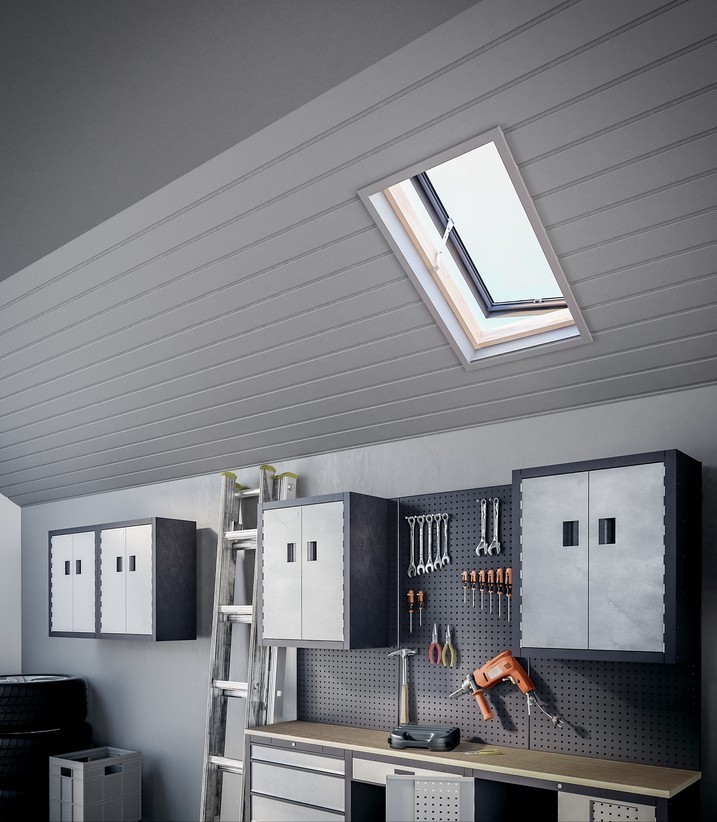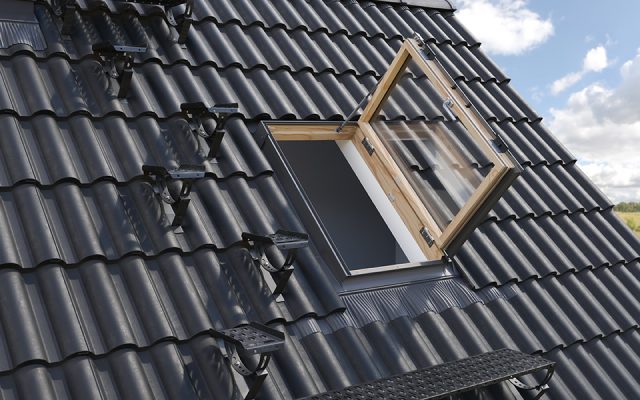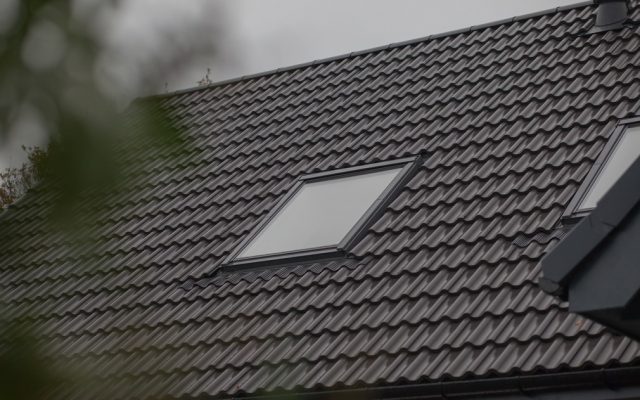Window restrictors are safety devices that limit window openings to 100 mm or less, helping to prevent falls in settings like schools, hospitals, care homes, and rented properties. They’re a legal requirement where vulnerable individuals are present and a sensible precaution elsewhere—including for roof and skylight windows.
What are window restrictors?
Window restrictors are a safety precaution product which connect to window frames, preventing windows from being opened past a specific point. They typically only allow the window to be open by 100 mm or less.
Locations that window restrictions are needed
The regulations around window restrictors change from building to building, so we will cover a few building types you will find window restrictors.
Schools
As schools have a due diligence to their students and their safety, you will be able to find numerous window restrictors in school buildings. This will include:
- Primary and secondary schools
- Colleges and universities
Especially in multi-storey buildings, restrictors help reduce risk for pupils.
This will be especially true for school buildings that have multiple floors.
Hospitals & Care homes
In 2013, the government sent out an alert regarding window restrictors in hospitals and care homes.
This alert detailed that a comprehensive audit had to take place in all hospitals and care homes around the UK to check windows and restrictors for potential dangers. It was issued after an at-risk person fell from a second-storey window of a hospital with inadequate window restrictors.
This report stated that all window restrictors should adhere to these recommendations;
- Windows should not exceed a 100 mm opening
- The restrictor can only be disengaged with a special key or tool.
- All current window restrictors should be reassessed.
- Windows without restrictors to be assessed to see if they need to be installed.
Multi-storey buildings
It is not a legal requirement for all multi-storey buildings to have window restrictors, but we do recommend installing restrictors where there is a possibility of someone harming themselves.
Rented properties
Although window restrictors are a great way to improve the safety of your tenants, window restrictors are not legally required. Many organisations and tenants will encourage you to install them, especially if children or at-risk individuals are living in your property.
Are Window Restrictors a Legal Requirement in the UK?
Yes. Window restrictors are legally required in buildings where at-risk individuals—such as children or those needing care—can access a window. Restrictors limit window openings to 100 mm or less, helping to prevent falls and injuries.
Do You Need Restrictors for Roof Windows or Skylight Windows?
As mentioned above, window restrictors are not a legal requirement for houses with roof windows or skylights, but they can be a great addition for families who want to minimise the risk of falls. Window restrictors can be easily installed onto Dakea’s roof windows and skylight windows.

Our Control & Control+ skylight window comes with an opening restrictor, so you can conveniently fix your skylight window to an open position you are comfortable with.
For more information, please contact us today.


